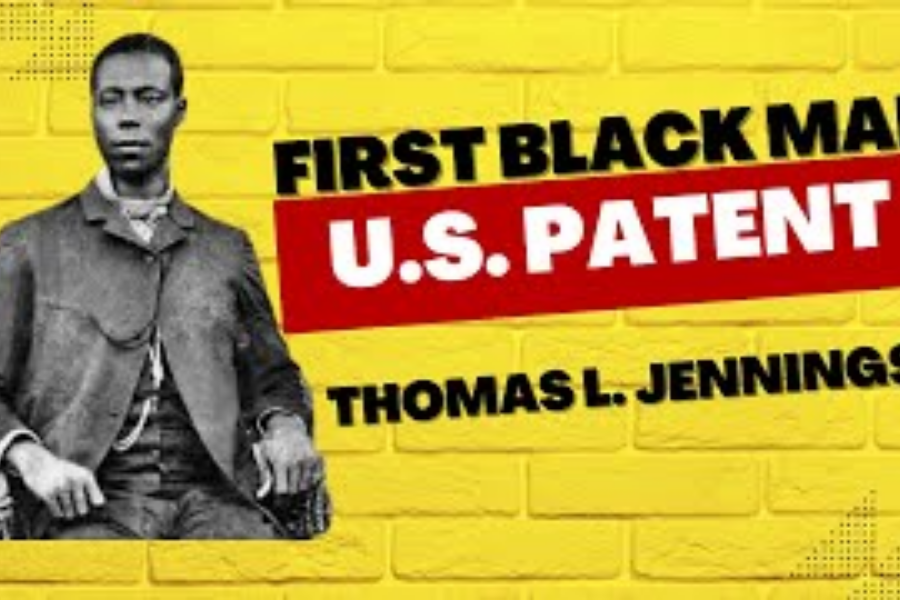The Evidence Used in Thomas Jennings Case is a pivotal moment in the annals of criminal justice, remembered for its groundbreaking use of forensic evidence. This case, dating back to 1910, is widely regarded as the first in the United States to employ fingerprint analysis as the primary evidence in securing a conviction for murder. The implications of this case revolutionized forensic science and laid the foundation for modern investigative techniques.
Context
In the early 20th century, the criminal justice system faced challenges in identifying perpetrators with certainty. Before the advent of fingerprint analysis, evidence primarily relied on eyewitness accounts and physical clues, both of which could be fallible. The murder of Clarence Hiller in Chicago brought these challenges to the forefront, leading to a landmark case that would forever change forensic science.
Case Background
Clarence Hiller was murdered in his home on September 19, 1910. The incident occurred when Hiller confronted an intruder attempting to break into his house. Tragically, Hiller was shot and killed during the altercation. The police arrived shortly after and began their investigation. The crime scene presented physical evidence, but it was the unique nature of one particular clue that would prove decisive: a set of fingerprints left on freshly painted surfaces inside the Hiller residence.
Fingerprints
Fingerprint evidence was not entirely new in 1910, but its use as a tool for securing criminal convictions was still in its infancy. At the time, fingerprints were primarily used for identification purposes, especially in civil contexts, such as employment records. However, their potential as evidence in criminal cases had yet to be fully explored in the United States.
In the Hiller case, the fingerprints found on the painted railing of the house’s interior became the key piece of evidence. These prints were clear and preserved well enough for analysis. The Chicago Police Department, aware of the emerging science of fingerprint identification, sought experts to analyze the prints.
Thomas Jennings
Thomas Jennings, a known criminal with a history of burglary, was apprehended shortly after the murder. He was found with a revolver and other incriminating items, but it was the connection between his fingerprints and those left at the crime scene that sealed his fate. Authorities had already begun maintaining fingerprint records, and Jennings’ prints were on file from a prior arrest. When compared to the prints at the scene, they matched perfectly.
The Trial
The trial of Thomas Jennings drew widespread attention due to its reliance on forensic evidence. For the first time, fingerprint analysis was presented as a cornerstone of the prosecution’s case. Expert witnesses were brought in to explain the science behind fingerprints, emphasizing their uniqueness and permanence. The defense challenged the validity of this new method, arguing that it was unproven and lacked credibility.
Verdict
Despite the defense’s arguments, the jury was convinced by the forensic evidence. Jennings was found guilty of murder and sentenced to death. The conviction marked the first instance in the United States where fingerprint evidence played a decisive role in securing a conviction. Jennings was executed in 1912, but the legacy of his case lived on.
Impact
The Thomas Jennings case was a turning point in forensic science. It established fingerprints as a reliable and admissible form of evidence in criminal trials. Following the case, law enforcement agencies across the country began adopting fingerprint analysis as a standard investigative tool. The case also prompted the development of more systematic methods for collecting, preserving, and analyzing fingerprint evidence.
Similar Cases
The success of fingerprint evidence in the Jennings case paved the way for its use in other criminal investigations. Cases such as the Stratton Brothers murder trial in the UK (1905) had already demonstrated the potential of fingerprint evidence, but the Jennings case cemented its place in American jurisprudence. Over time, advancements in technology and methodology further enhanced the reliability and application of fingerprint analysis.
Legacy
Today, fingerprint evidence is a cornerstone of forensic science, used alongside other methods such as DNA analysis and ballistics. The Jennings case serves as a reminder of how innovation and determination can transform the pursuit of justice. It also underscores the importance of adapting to new technologies and methods in the face of evolving challenges in criminal investigations.
Conclusion
The evidence used in the Thomas Jennings case revolutionized the field of forensic science and set a precedent for the admissibility of fingerprint analysis in court. By proving the reliability and effectiveness of fingerprints as evidence, the case not only secured justice for Clarence Hiller but also advanced the capabilities of law enforcement worldwide. Over a century later, the lessons learned from this case continue to resonate, demonstrating the enduring impact of innovation in the quest for justice.
Get the latest scoop and updates on playhop



